Search for lenses, articles and help
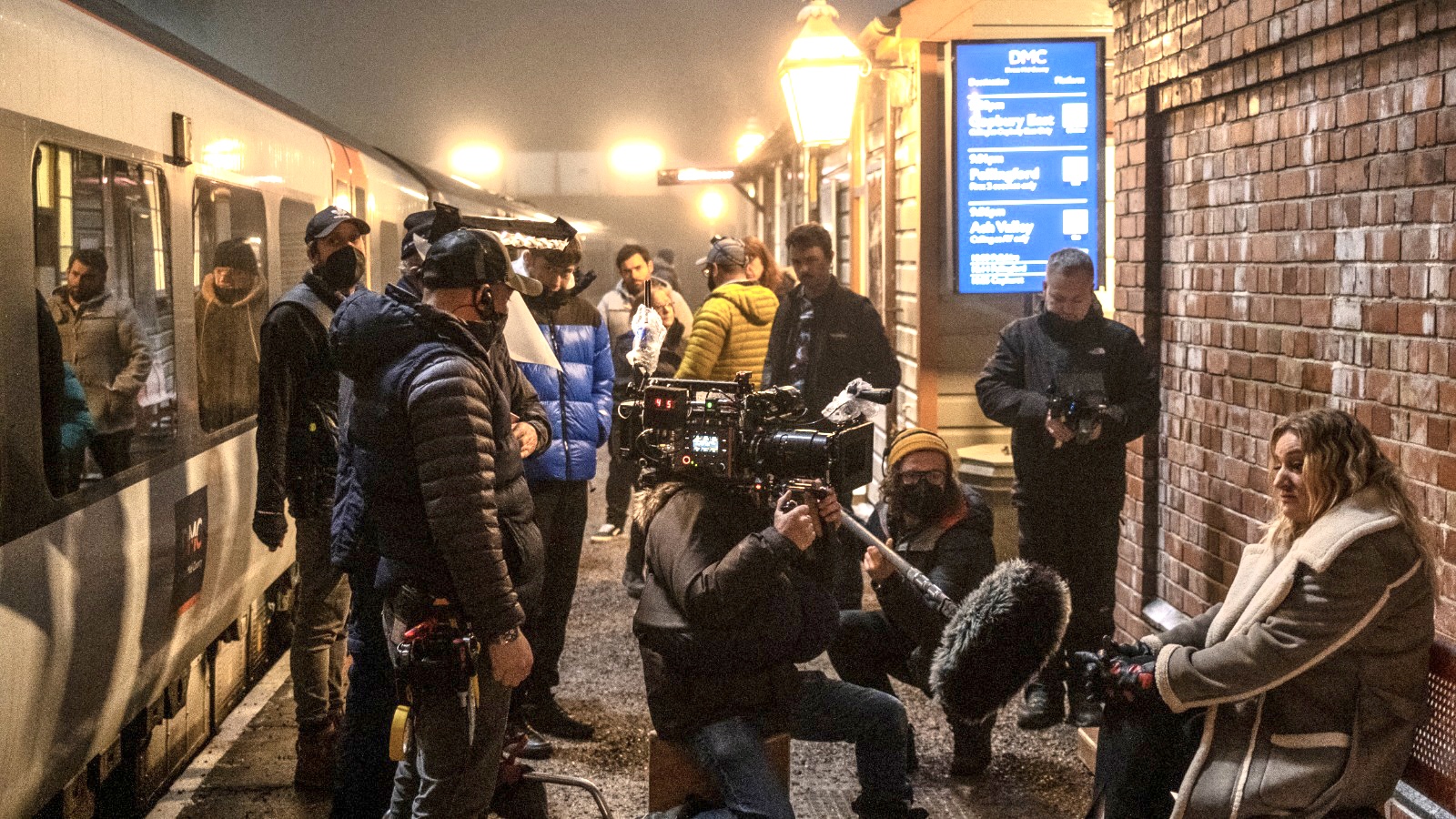
Am I Being Unreasonable?, the much-anticipated comedy-thriller series co-written by and starring BAFTA Award-winner Daisy May Cooper and Selin Hizli, belies its low budget with a cinematic look achieved with a set of Cooke Anamorphic/i FF lenses and two Sony Venice digital full frame cameras. Shot by Tony Slater Ling, BSC, and directed by Johnny Campbell, the six-part series began airing on BBC One on 23 September 2022 and the entire series is available on BBC iPlayer.
Am I Being Unreasonable? is set in a small country village where Nic (Daisy May Cooper) is lonely, bored in her marriage and haunted by a huge secret. She is not looking forward to her son’s school fete until she meets a kindred spirit in Jen (Selin Hizli)… but is Jen all she seems, and can Nic’s secret stay hidden?
Tony was approached by long-time collaborator Johnny Campbell to work on the series, having met on the first series of Shameless. “Johnny and I have worked on ten other projects since then,” he said. “It’s always a very collaborative process, we have long discussions on the way we want to shoot, the way it should look and so on… We draw up mood boards and reference films and TV shows, photographers and other visual influences. Johnny is always well prepared and fun, he enjoys the process as much as I do and we have an excellent shorthand.”
One of the biggest challenges was to move away from a standard low-budget comedy look. “I wanted it to look natural, but a little heightened,” said Tony. “I love the look of anamorphic lenses, I love the way focus falls off, the bokeh of the lenses and the ovality and flare of highlights. I wanted the 2.40 aspect ratio for both a cinematic look and to frame group shots and 2-shot close ups without the distraction of too much space around the characters on the top or bottom of frame, with a concentration on the characters.”
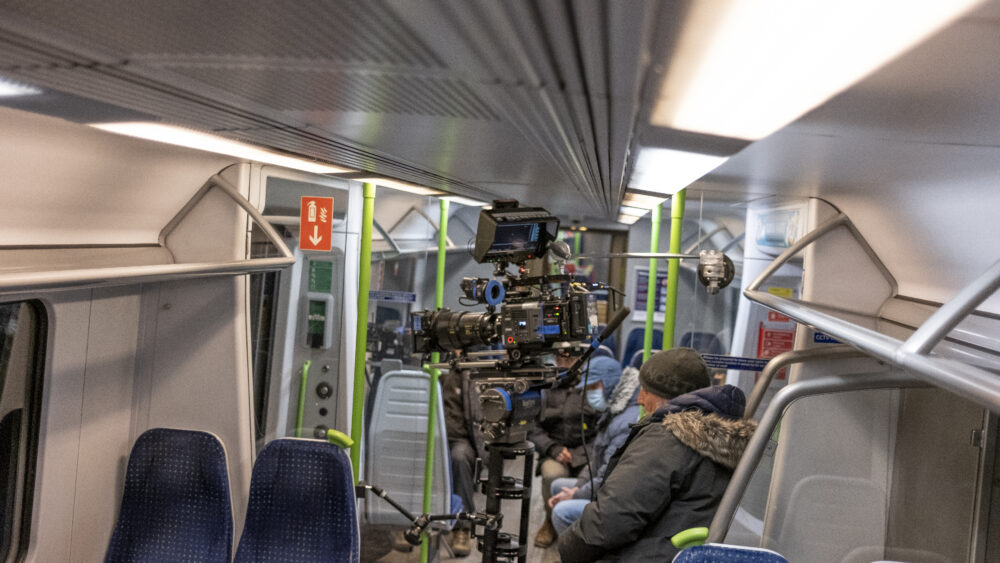
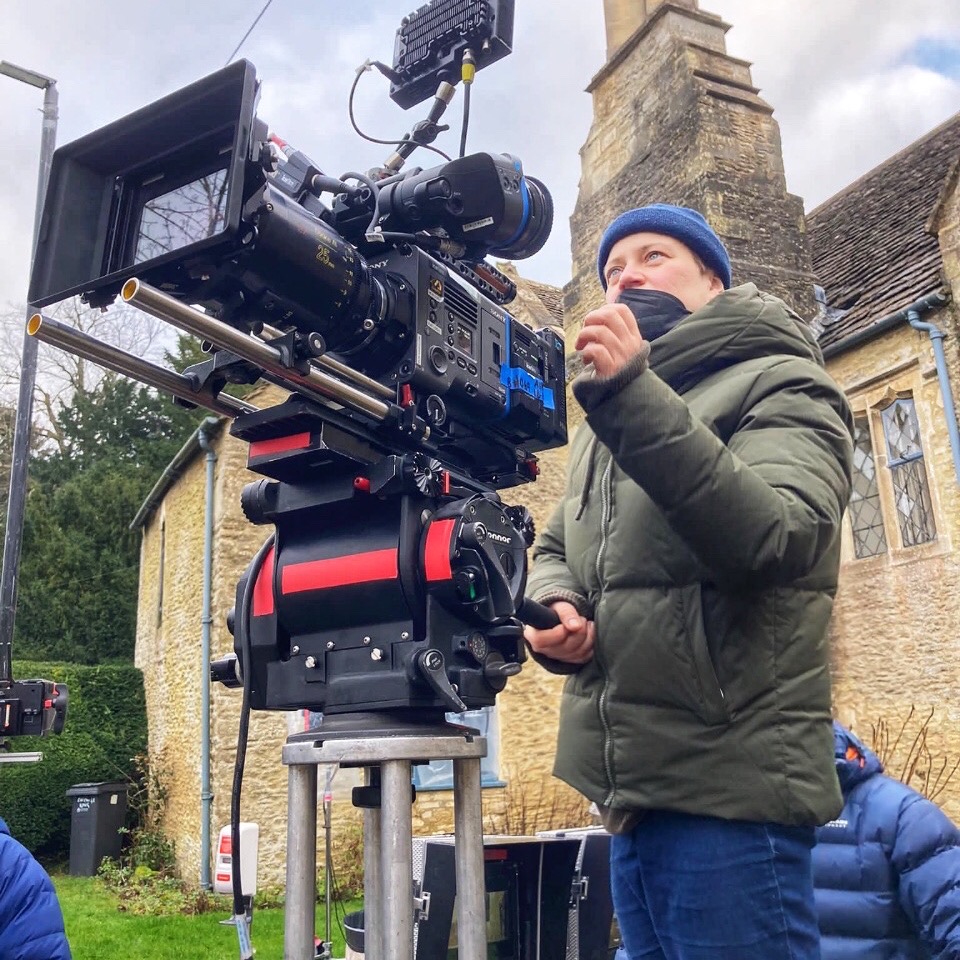
From the start, Tony’s lenses of choice were Cooke Anamorphic/i FFs. “I’ve used different Cooke lenses on many TV and film projects. I love their character; they don’t feel flat or 2D, both the vintage and modern lenses have a beautiful roundness to them. They have character and aberrations that help soften the image in a good way, especially with digital cameras,” he explained.
The project was based in Bristol with the main set built at the Bottle Yard Studio. The production also shot in locations around the Cotswolds and the main character’s house in Uffington, where they shot both interior and exterior scenes, sometimes cutting between the studio and location interiors in the same scene.
“Our focal lengths used were the 75mm, 65mm Macro and 40mm,” said Tony. “We were often a little further back from the actors in order to run two cameras unless we wanted to be in the headspace of a character. In that case, we jumped on the 40mm with a diopter close to the actor to help feel more objective and present.”
The schedule was very busy, with Covid regulations once again being observed. “We did very long improvised takes, often on opposing angles using two Sony Venice cameras at once whilst shooting under Covid restrictions and regulations,” said Tony. “It was tricky but my B Camera Operator, Esther Vardy, did a supreme job, and I had an excellent Camera Grip and Lighting crew, all of them my regulars, which helps on a packed, ambitious schedule. My Focus Puller, Steve Smith, is remarkable at what he does, and he is also great at organising the crew and gear.”
The full set of Cooke Anamorphic/i lenses, two Sony Venice camera kits, accessories and monitors were supplied by Ice Films, and the lighting package – largely LED sources to allow quick changes in colour and levels – came from PKE Lighting. Tony also supplied some of his own specialized LEDs and balloon lights.
The characteristics of the Cooke lenses were helpful both for night and day exterior shooting. “The Anamorphic/i lenses create stunning flares – I love an anamorphic flare streak, but I also think it should be selective and appropriate to the project,” Tony said. “The Cookes have a subtle version of this and flare beautifully. They are also easy to control if you don’t want flare.”
One of the main reasons that Tony chose the Sony Venice cameras was to support tricky lighting situations, as he explained: “I wanted the higher ASA, so I opted for the Venice to accommodate my lighting using practicals, and to help with the rural night exteriors where I added a lot of street lighting and practical lighting in order to add some depth to the vast expanses of dark.”
A key sequence involving a train was particularly challenging for lighting. “The location was pitch black so I added lights on the platform, the bridge, the level crossing and the streets around, plus I also had to add battery-run lights inside and outside the train as it was a decommissioned train with no power,” he recalled. “We also needed to capture two separate looks for the same sequence, so the LEDs allowed quick colour changes to help create the different looks. Paul Murphy (Key Gaffer) and Chris Barrow (Rigging Gaffer) did a great job both on location and in the studio.”
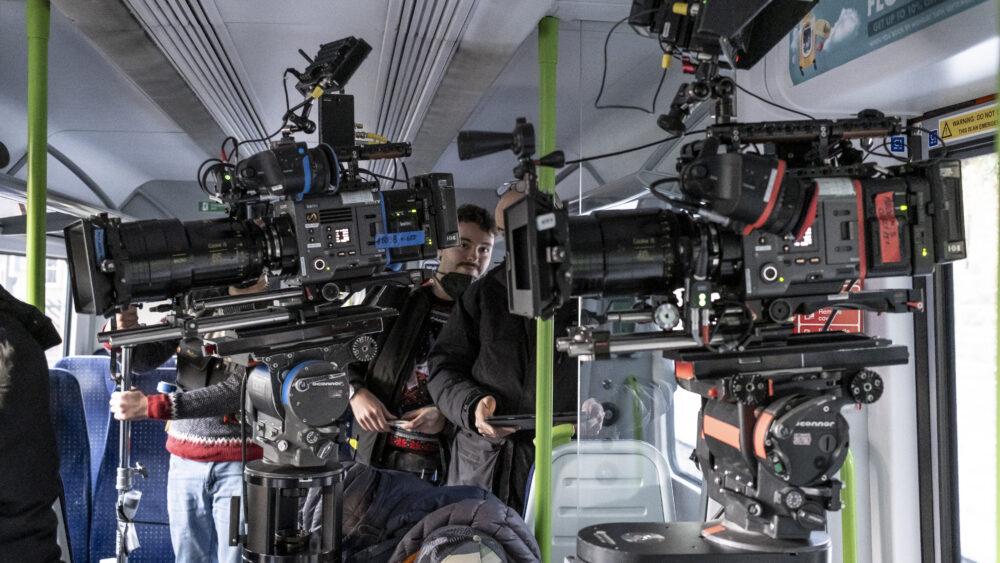
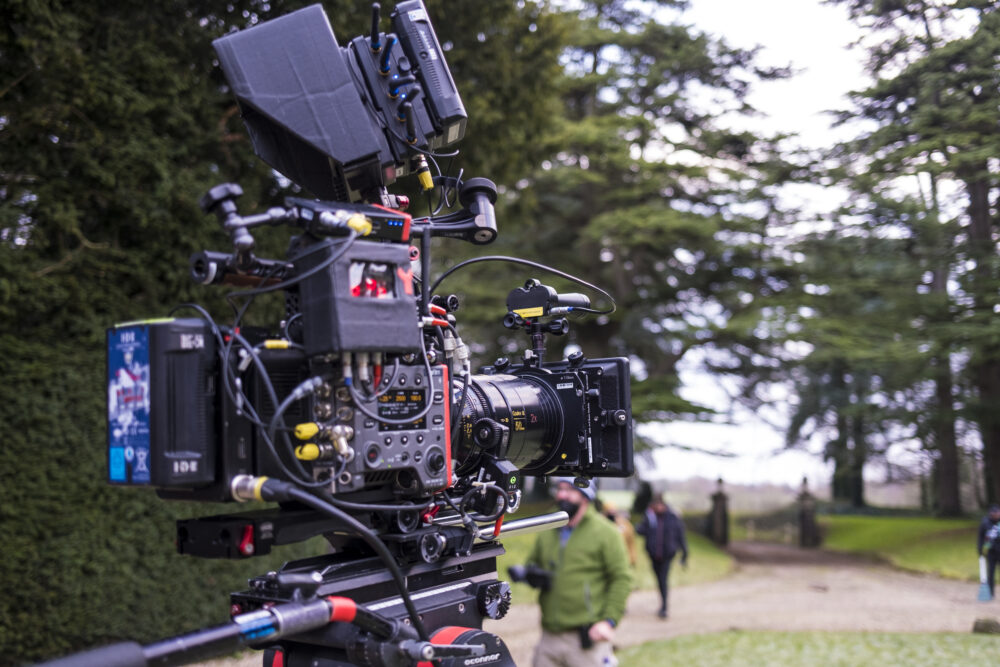
Tony believes the choice of lens was key to building the visual tone of the show. “I think viewers don’t always know or understand what lenses do, but I do think they are savvy enough and have an inbuilt visual bank that sets off cues when they see certain images,” he said. “Anamorphic lenses and the way they distort and appear out of focus, the way the depth of field falls away, all help create a shorthand to giving a cinematic look and feel to the viewer. Cooke’s Anamorphic/i lenses are perfect at creating this look and feel – they don’t appear flat, they have a roundness and body to the image, and they help create an organic subtle image.”